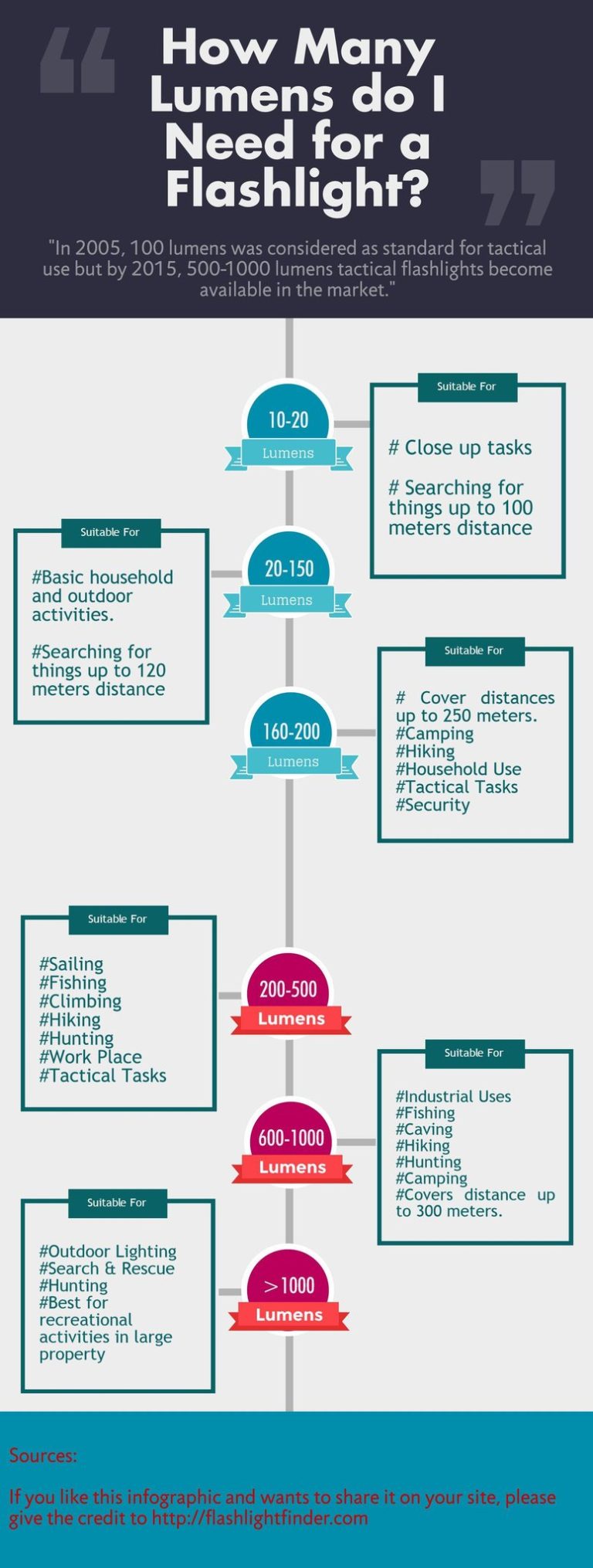There’s a saying that goes, “We all need a little light in our lives.” However, what about those times when we literally need a source of light? Yes, we’re referring to flashlights – the humble, often overlooked tool that becomes a beacon in the dark, whether you’re hiking, camping, or during a power outage at home.
Unraveling the Factors Influencing Flashlight Costs
Understanding the cost of a flashlight is not as straightforward as you might think. Various elements play a part, which we’ll break down in the next sections.
Material
The choice of material used in the flashlight significantly influences the price. Plastic flashlights are generally cheaper, while those made from high-quality metal or aerospace-grade aluminum come with a higher price tag due to their durability and longer lifespan.
Brightness and Battery Life
With flashlights, you pay for performance. Brighter flashlights with extended battery life are generally more expensive.
Additional Features
Extras like being waterproof, impact resistance, adjustable brightness levels, and specific modes like SOS or strobe also add to the cost.
Flashlight Cost: The Low, the High, and the Average

When we talk about flashlight costs, we usually categorize them into three primary classes: budget flashlights, mid-range flashlights, and high-end flashlights.
See companies offering free flashlights: Free Flashlights Here
Budget Flashlights
Budget flashlights typically range from $10-$15. Despite the low price, these flashlights serve their purpose quite well, offering a reliable source of light for everyday use. They often include basic features such as on/off switches and standard bulb types. The materials used in their construction are typically plastic or low-grade metals. However, these flashlights may not offer the same durability or versatility as their more expensive counterparts.
Mid-Range Flashlights
Mid-range flashlights fall between $20 and $60. This price segment offers a significant step up from budget options, both in terms of build quality and features. The materials used are often superior, with aluminum or stainless steel replacing plastic. They might boast longer battery life, higher lumens, and often include additional features like adjustable beam focus, multiple light modes, and water resistance.
High-End Flashlights
High-end flashlights, on the other hand, start around $70 and can go up into the hundreds. These premium options are the cream of the crop, offering the highest level of performance, durability, and features. They are typically constructed from high-grade materials, including aerospace-grade aluminum and even titanium. In terms of features, these flashlights may boast extreme brightness, extended battery life, multiple light modes, and durability features like waterproofing and impact resistance. Some even offer programmable controls and smart features.
Value for Money: Striking a Balance
In the quest for the perfect flashlight, it’s important not to simply gravitate toward the cheapest or the most expensive option. Instead, the goal should be to find a flashlight that offers the best value for your money. This means finding a flashlight that meets your needs and expectations without breaking the bank. Essentially, the ‘best’ flashlight is the one that aligns your requirements with the price you are willing to pay.
Making the Right Flashlight Purchase
Purchasing the right flashlight goes beyond just picking the one with the brightest light or the most features. Here’s how to make a wise decision:
Evaluate Your Needs
First, you need to consider what you will be using the flashlight for. If it’s for occasional home use, a basic, budget flashlight might be sufficient. However, if you’re an outdoor enthusiast or need it for professional use, you might require something more durable, brighter, and feature-packed.
Set a Budget
Next, determine how much you are willing to spend. Remember, more expensive doesn’t always mean better. It’s about finding a flashlight that offers the features you need at a price you can afford.
Compare Features
Finally, take the time to compare the features of different flashlights within your price range. Look at the type of bulb, brightness level (measured in lumens), battery life, construction materials, and any additional features like water resistance or different light modes. By comparing these factors, you’ll be able to find the flashlight that best suits your needs and budget.
Conclusion
In conclusion, the cost of a flashlight can vary significantly based on its materials, brightness, battery life, and additional features. By evaluating your needs, setting a budget, and comparing features, you can find the flashlight that best fits your needs and offers value for your money.



